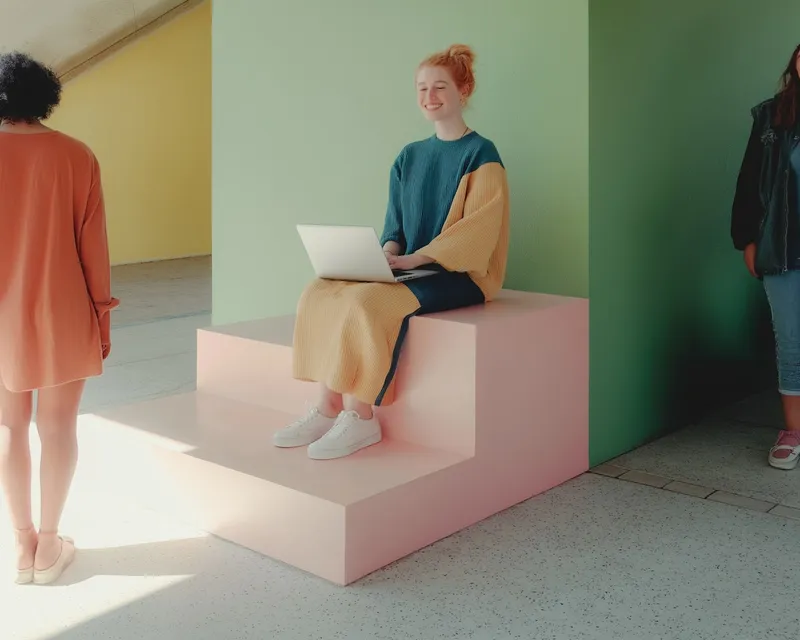Sustainable Web Design Principles and Practices
Published:
Sustainable web design is about creating websites that are environmentally friendly and efficient in terms of energy consumption.

As the digital world grows, so does its environmental impact. Sustainable web design aims to minimize this impact by creating more eco-friendly and efficient online experiences. Here are the key principles and practices for integrating sustainability into your web design process:
Efficient Coding
Writing clean, efficient code not only improves website performance but also reduces the amount of processing power required, contributing to lower energy consumption.
Optimized Images
Large images can significantly slow down a website. Optimizing images for the web reduces energy use both on the server and the user’s device.
Green Hosting
Choosing a web hosting provider that uses renewable energy or offsets its carbon emissions is a straightforward way to make your website more sustainable.
User-Centric Performance
Focusing on user experience by minimizing load times and data usage not only makes your site more accessible but also more environmentally friendly.
Dark Mode
Implementing a dark mode option can reduce energy consumption on devices with OLED or AMOLED screens.
Conclusion
Sustainable web design is an essential consideration for any developer or designer looking to create a positive impact on the planet and their users. By adopting these principles and practices, you can ensure that your websites are part of the solution, not the problem, in our journey towards a more sustainable digital future.
Subscribe
Get notified when I publish something new, and unsubscribe at any time.
Latest articles
Read all my blog postsApril 02, 2024
The Importance of User-Centered Design
User-centered design (UCD) is a crucial aspect of creating effective user interfaces (UIs).
Read moreApril 03, 2024
Top 10 Web Development Frameworks for 2023
Choosing the right web development framework can make all the difference in your projects.
Read more